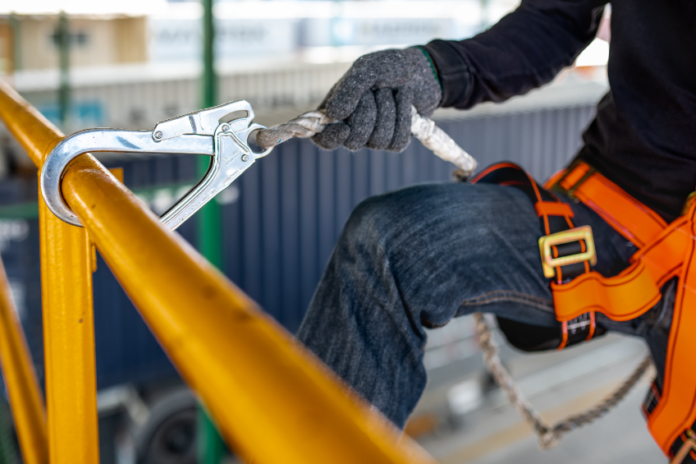It’s more likely that most companies have several safety programs that they operate. Risks and hazards exist no matter where you work. They are inevitable. It’s important to identify these potential risks and to also address them. The goal is to promote the safety of the facility, environment, and employees.
Do you know that hazards that occur in the workplace can cause serious challenges to the staff involved? This may happen in different laboratory environments, including academic, chemical, industrial, and biotech settings.
To protect your staff and properties, you need to address certain things when making safety plans. These pillars of safety should also help you manage costs and profits. Keep reading to learn more about health and safety at work.
The Basic Pillars of Safety
Building a sound safety foundation is vital for every organization. To accomplish this, effective plans and strategies for the desired outcome must be in place.
The use of the four pillars of safety is always efficient for all kinds of companies. What are they? Prepare. Prevent. Protect. Then, Respond. These pillars will always keep your staff and properties safer. This guarantees better productivity. The four pillars are discussed below.
Prepare
According to the industry’s regulations, employers are required to be prepared. They must create a safe working environment. They need to offer effective training as well as provide safety equipment.
Observing and understanding workplace processes is the first step to being adequately prepared. As an employer, you need to understand the duration of hazard exposures. It’s also essential to know the processes for reducing risk via administrative or engineering controls.
This is more like an audit. The preparation pillar needs to examine the foundation of your structure for possible deficiencies and cracks. Don’t forget, all these things take time, money, and a good system in place. Thanks to technology, some software makes the overall process faster and easier.
Again, providing quality training for your staff requires expertise, support from management, and resources. But it’s worth the investment over time.
Prevent
Now that you have established the first pillar, it’s time to take some preventive actions. You may have uncovered a few cracks during your preparation session. They need to be fixed.
With effective preventive measures in place, you will be able to fill the gaps discovered. This will help your company improve in different aspects, such as cleaning materials, storage cabinets, signage, waste disposal, and work area organization and ergonomics.
If you need the highest level of protection for your company, go for the best preventive solutions or equipment.
If you can, hire the best experts in your industry. You need professional hazard assessment for HazCom labeling, chemical handling, and storage, eyewash and safety shower placement, as well as other safety solutions.
Protect
This is the third foundational pillar of safety that every organization needs to have in place. Protection may come with a few challenges. Among what you should focus on are PPE (personal protective equipment). They include protection for hands, eyes, and the overall body.
The pillar needs to go through the vital process of identifying, addressing, and managing respiratory hazards. For staff, PPE remains the last line of defense.
Ensure that your company always has the proper PPE ready. They must be properly worn by workers for maximum protection. This reduces several types of hazards that may occur.
Follow the ANSI standards when selecting your PPE. They should be according to the needed level of protection for your staff. It’s also essential to provide proper training for staff on how to use this safety equipment. Always enforce the use of PPE.
Respond
This is the last safety pillar. When the first three pillars are effectively in motion, this pillar may rarely occur. However, even the best plans out there come with some shortcomings. There will always be some hazards that are not completely preventable. Some of them include a hazardous material spill, an injury, or an acute health condition like a heart attack.
This is where the pillar of “respond” comes in. Some of the most effective products for responding are first-aid kits, fire blankets, extinguishers, AEDs, eyewash stations, and spill-control materials.
Your response equipment and devices should be appropriately stored and maintained for emergencies. It’s also essential that personnel are well-trained on how to use them.
Conclusion
You need a safety measure that’s fundamental, broad, and strong. These four pillars of safety are enough to help you handle all kinds of workplace hazards.
With that being said, it’s also important to regularly inspect each of these pillars from time to time. Update your staff on any changes regarding any of the pills. Also, new staff should be properly trained about your established pillars of safety. Finally, reach out to proxsecur.ca/en/ to learn more about health and safety at work.










